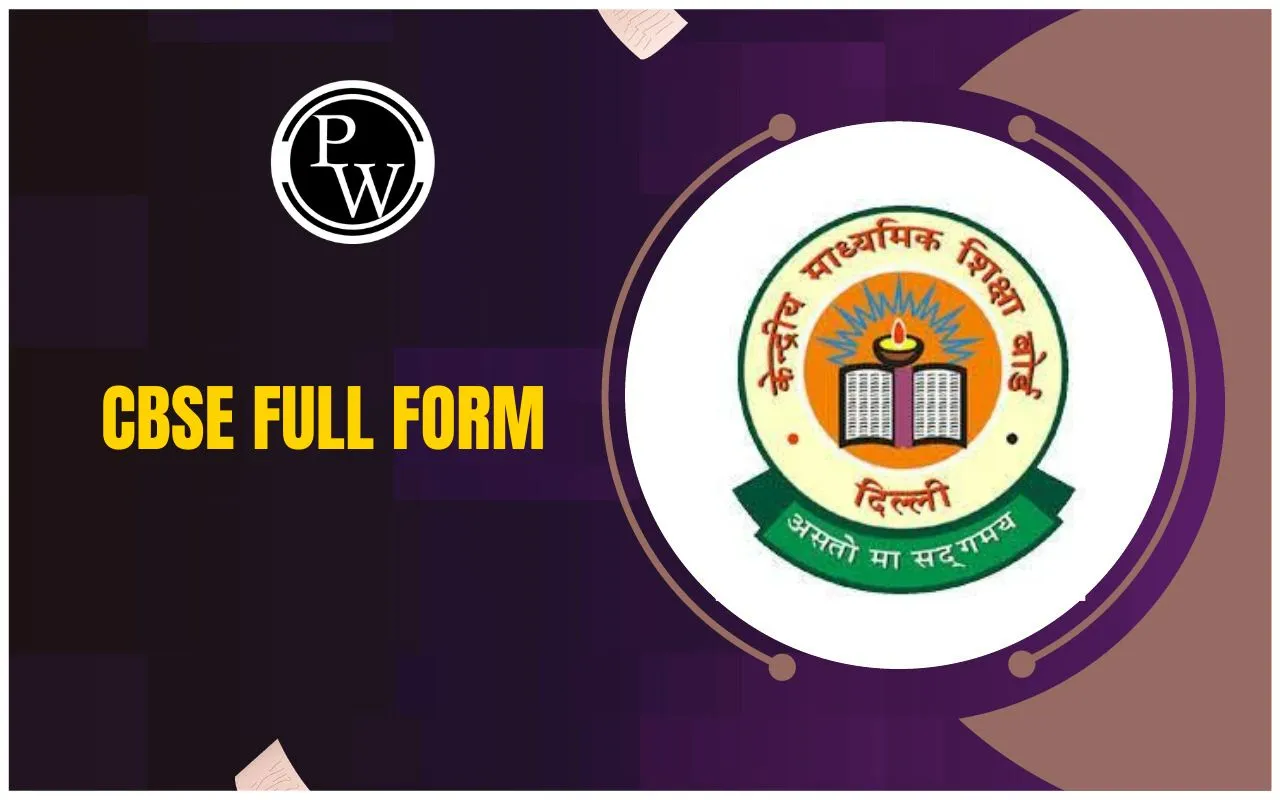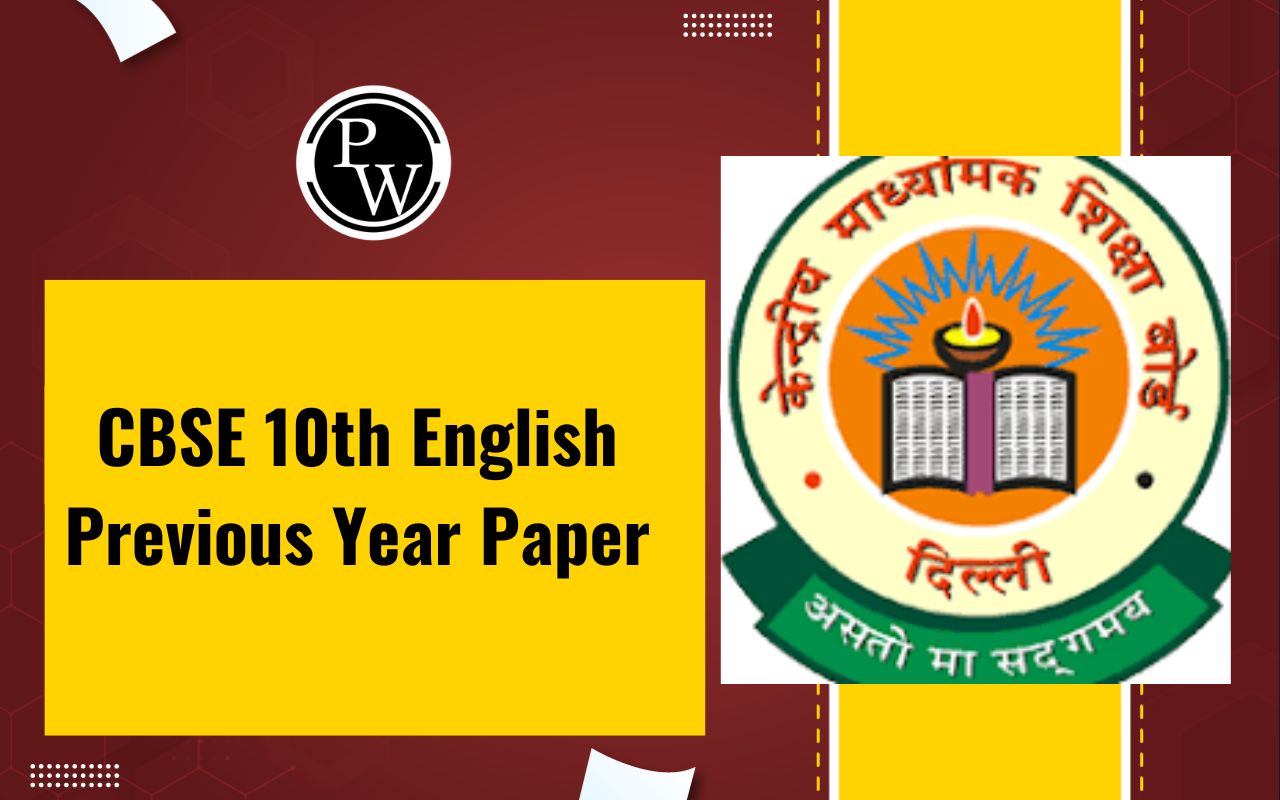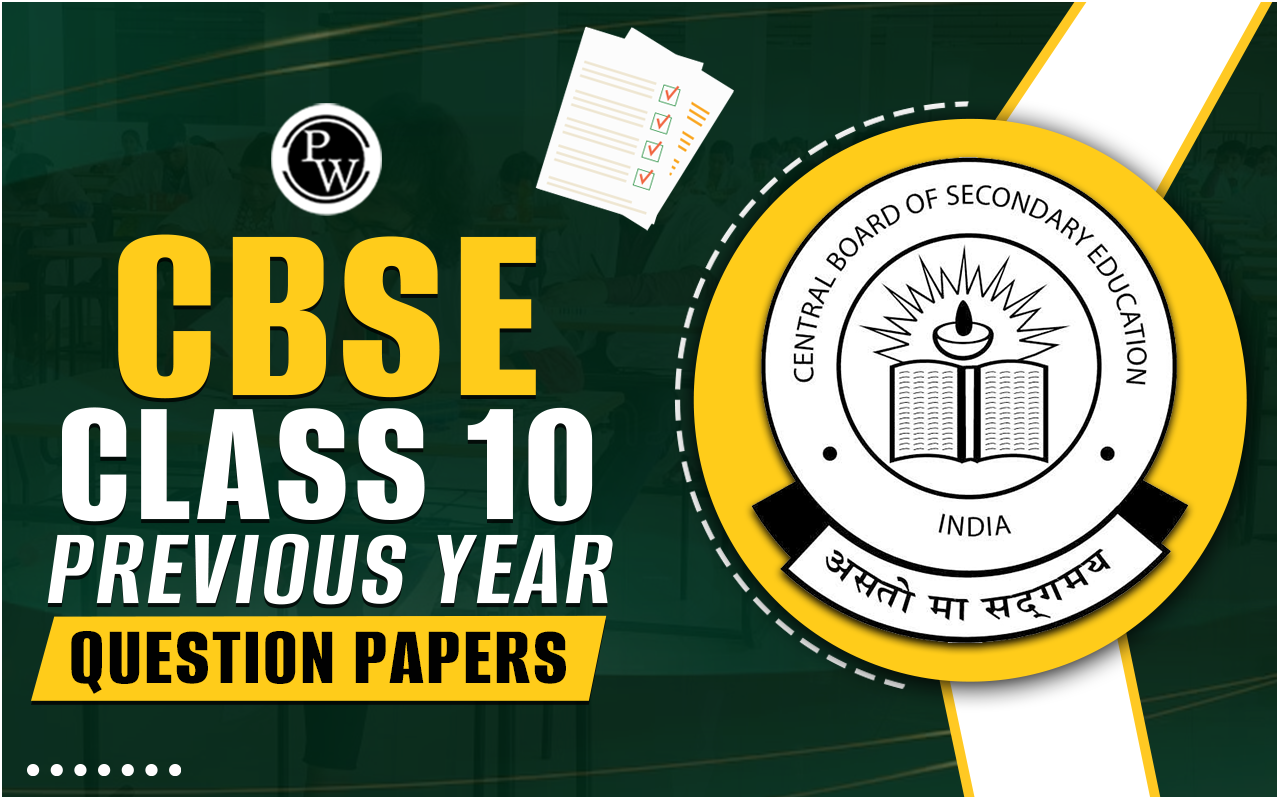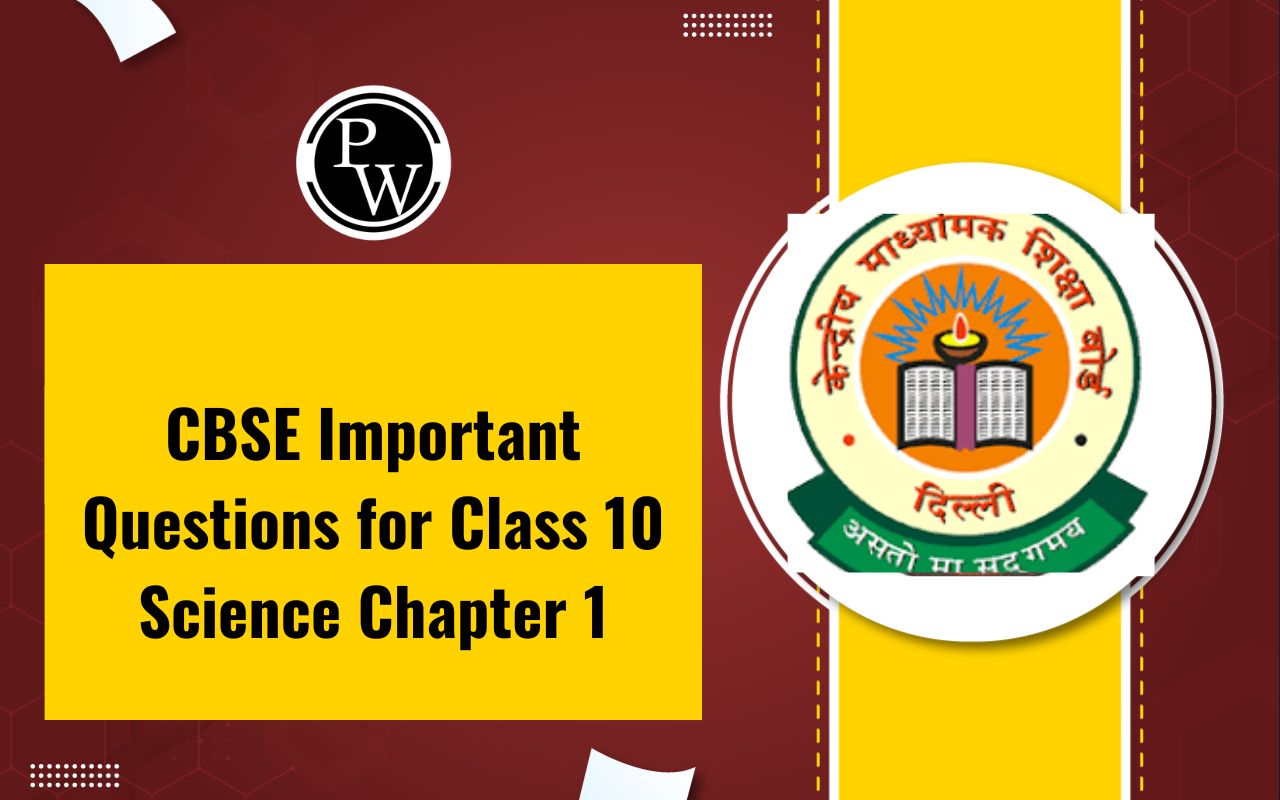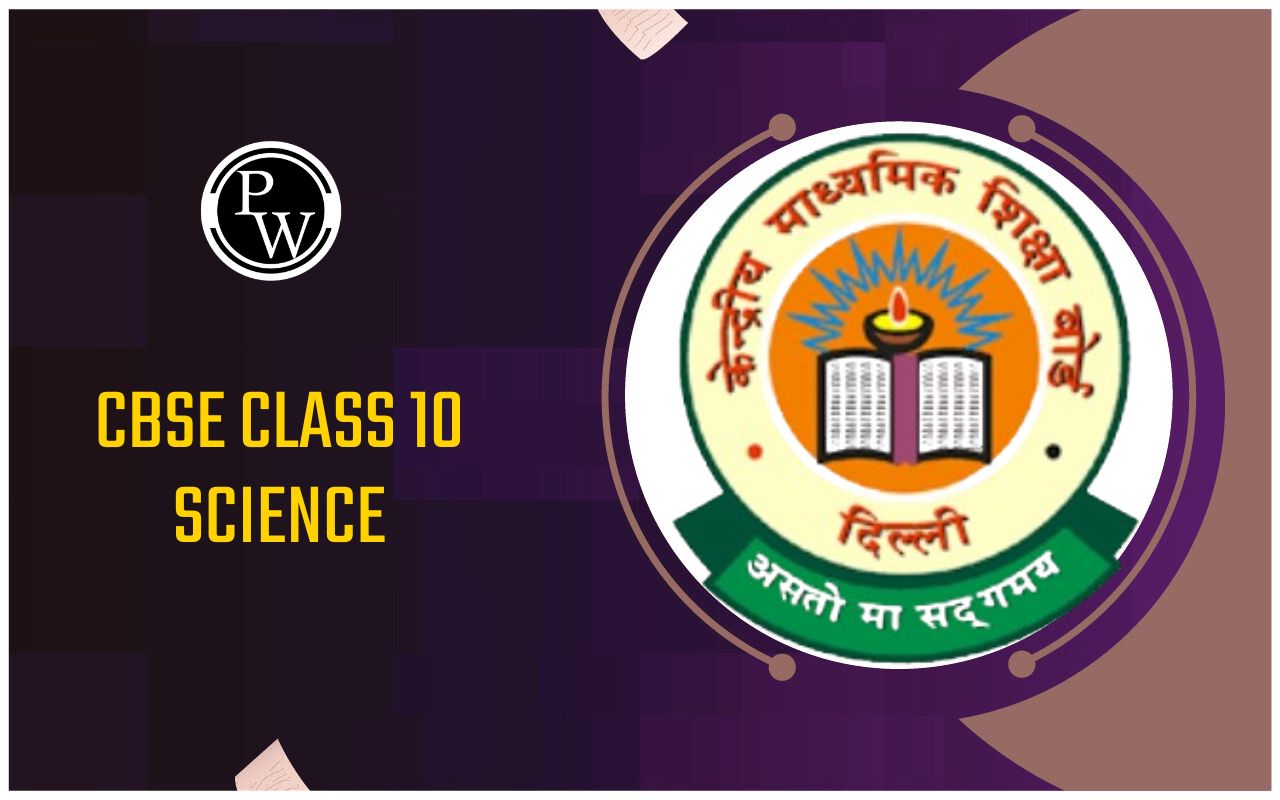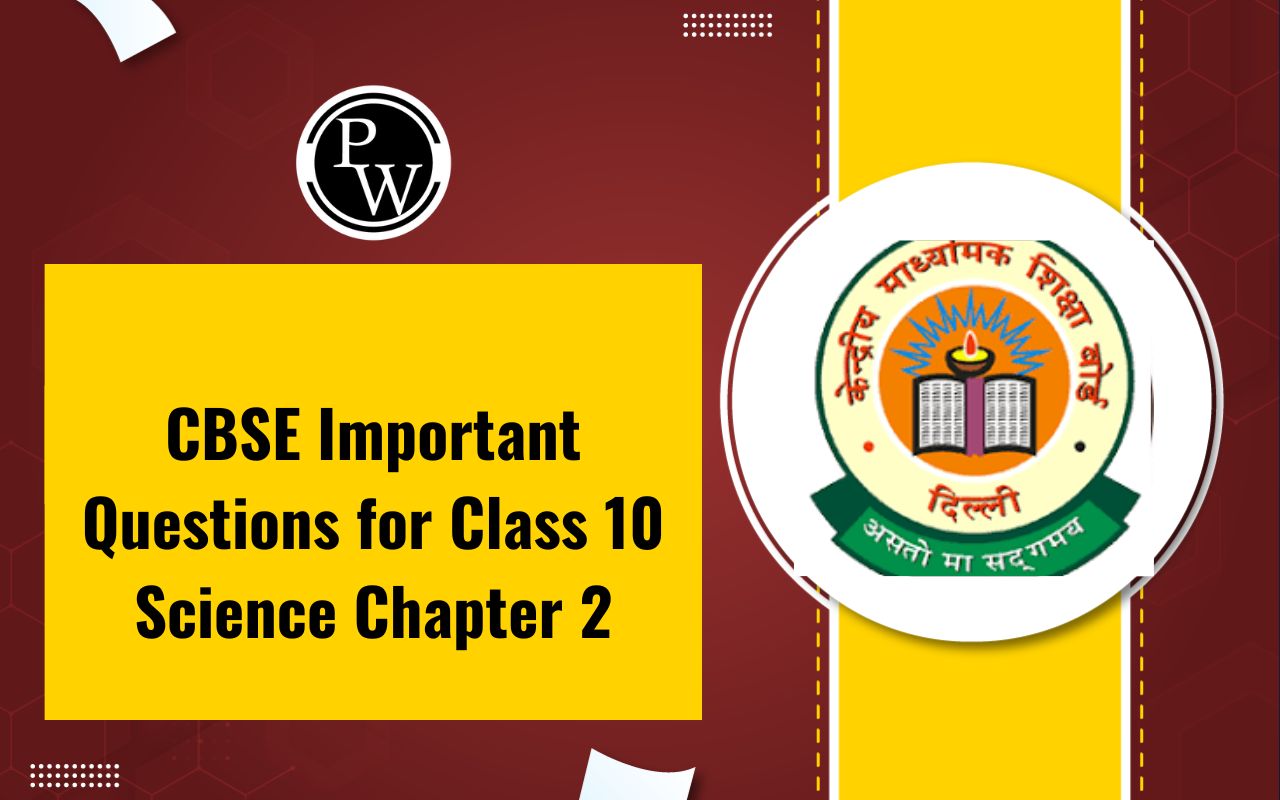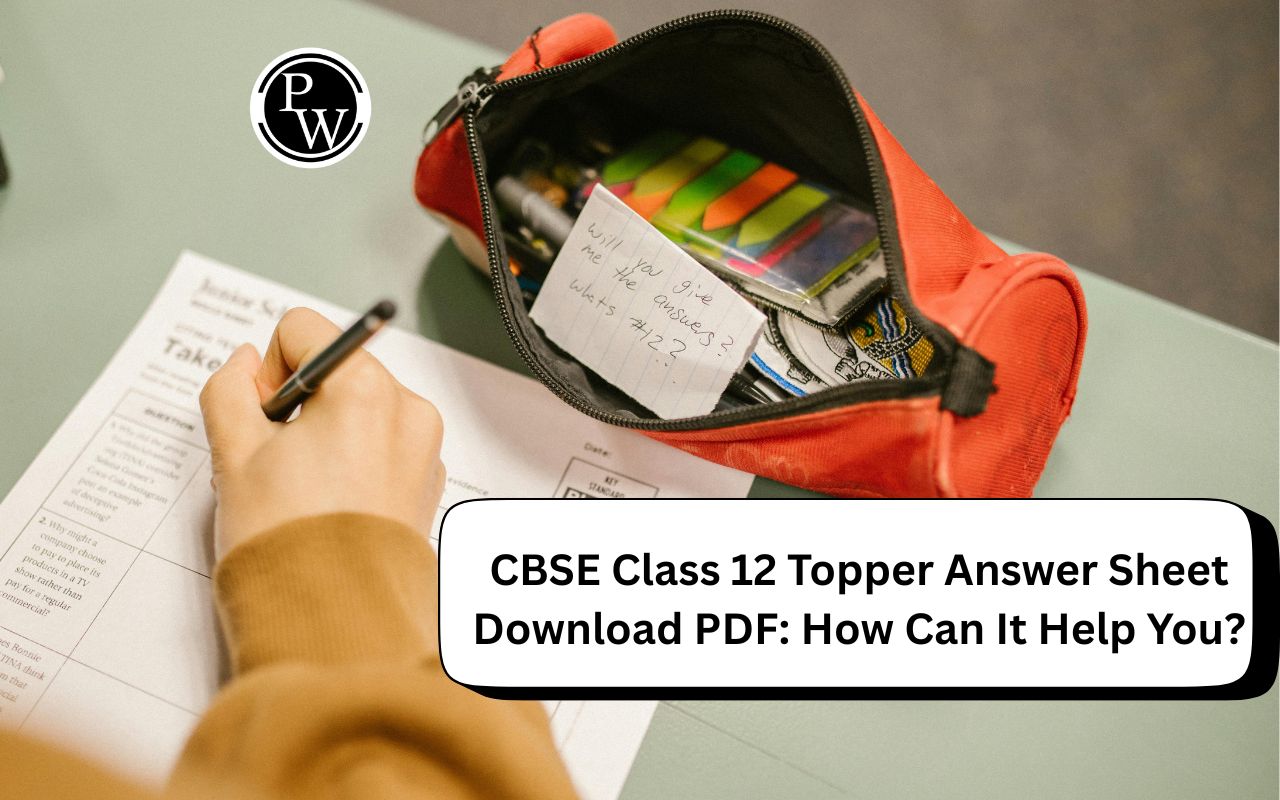
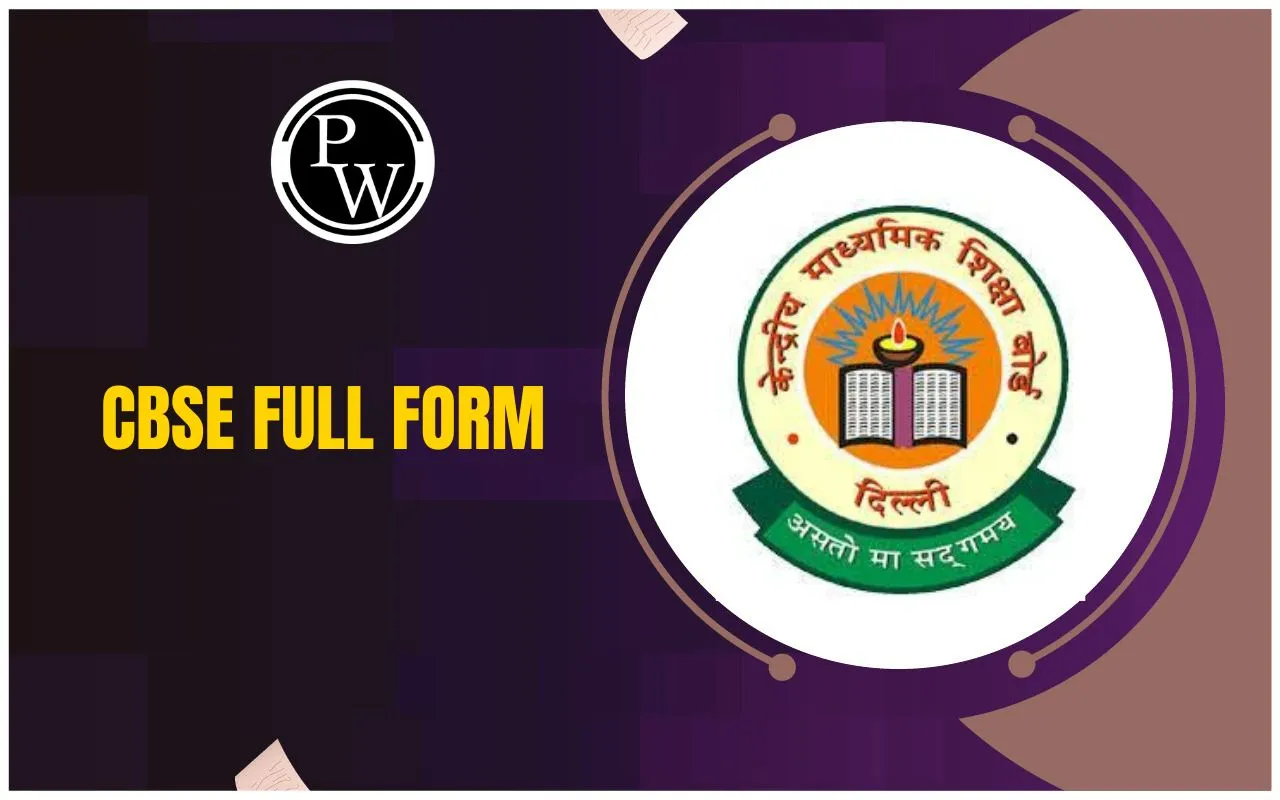
CBSE Full Form: The full form of CBSE is Central Board of Secondary Education. It is a national-level education board in India that works under the Government of India. CBSE conducts exams for students in classes 10 and 12 across many schools in the country. The board follows a standard CBSE syllabus in all its schools to maintain equality in education.
CBSE full form in English is Central Board of Secondary Education, and in Hindi, it is केंद्रीय माध्यमिक शिक्षा बोर्ड. Many parents prefer CBSE schools because the syllabus is simple, student friendly, and helps in preparing for competitive exams.
CBSE Full Form Overview
Below is an overview to help students easily understand the main details about CBSE.
|
CBSE Full Form Overview |
|
|
Topic |
Details |
|
CBSE Full Form |
Central Board of Secondary Education |
|
CBSE Full Form in Hindi |
केंद्रीय माध्यमिक शिक्षा बोर्ड |
|
Type |
National-level education board |
|
Managed By |
Indian Union Government |
|
Official Language |
English and Hindi |
|
Head Office |
New Delhi |
|
Regional Offices |
Delhi, Bengaluru, Chennai, Guwahati, Ajmer, Panchkula, Patna, Bhubaneswar, Thiruvananthapuram, Dehradun |
|
Number of Schools in India |
Over 27,000 |
|
Schools Abroad |
220+ schools in 28 countries |
|
Official Website |
|
What is the Full Form of CBSE in English?
The CBSE full form in English is: Central Board of Secondary Education
This is a national-level board of education for public and private schools in India, managed by the Union Government of India.
History of CBSE
CBSE was established in 1962 to provide a uniform education system across India.
Before this, different states had their own boards which created confusion and inconsistency in education quality.
-
CBSE started as a board mainly for children of government employees who had to move from one state to another.
-
Over time CBSE expanded to include private schools in India and abroad.
-
It now supports over 25,000 schools in India and 200+ schools in other countries.
-
It conducts important national exams like:
-
Class 10 Board Exam (AISSE)
-
Class 12 Board Exam (AISSCE)
How is CBSE Managed?
CBSE is run by the Ministry of Education. The board has a structured team that includes:
-
Chairperson
-
Secretary
-
Controller of Examinations
-
Director of Academics
CBSE Role in Indian Education
CBSE ensures consistency and quality in education across all its affiliated schools. It sets a national benchmark that helps students compete at the highest level.
Curriculum Development
-
CBSE designs a balanced syllabus that includes both academics and co-curricular activities.
-
It promotes concept-based learning instead of rote memorization.
-
The curriculum also includes life skills and vocational training.
-
CBSE uses NCERT textbooks, which are aligned with major entrance exams like JEE and NEET.
Examination System
-
CBSE conducts the Class 10 and Class 12 board exams every year.
-
It also conducts national entrance exams like:
-
JEE (for engineering)
-
NEET (for medicine)
-
The exam format prepares students well for other exams like UPSC.
Modern Teaching Practices
-
CBSE has adopted Continuous and Comprehensive Evaluation (CCE).
-
It promotes skill-based learning and teacher training to ensure quality education.
CBSE Curriculum Structure
CBSE education is divided into four levels: see complete details of the CBSE curriculum and its syllabus with detailed explanations mentioned below.
|
CBSE Curriculum Structure |
|
|
Stage |
Focus |
|
Primary (1-5) |
Basic skills in reading, writing, math, and understanding the world. |
|
Middle (6-8) |
Focus on subjects like science, math, social studies, and languages. |
|
Secondary (9-10) |
Deeper learning in core subjects and introduction to vocational courses. |
|
Senior Secondary (11-12) |
Students choose from Science, Commerce, or Humanities streams. |
Subjects Offered:
-
Languages – English, Hindi, regional and foreign languages
-
Mathematics – Basic and advanced levels
-
Science – Physics, Chemistry, Biology, Environmental Science
-
Social Science – History, Geography, Political Science, Economics
-
Vocational Subjects – IT, Home Science, Entrepreneurship, etc.
Assessment Methods:
-
Primary & Middle – Class tests, assignments, quizzes
-
Secondary – Half-yearly and final exams
-
Class 10 & 12 – National board exams
CBSE Grading and Evaluation System
CBSE uses a modern grading system based on both 5-point and 9-point scales replacing the old pass/fail approach.
Grades like A1, A2, B1, B2, C1, etc. are now used to assess a student overall performance, not just final exams. This reduces exam stress and encourages year-round performance.
Benefits of the CBSE System
Here are the benefits of the CBSE System:
-
Same syllabus across all CBSE schools making it easier for students who move between cities or states.
-
NCERT books focus on building strong concepts and critical thinking.
-
Curriculum is light and easy to understand.
-
Consistent grading system for fair evaluation.
-
CBSE prepares students well for JEE, NEET, and other major exams.
-
CBSE certificates are accepted by top colleges in India and abroad.
CBSE vs ICSE Full Form
Many people also ask: CBSE vs ICSE full form – what is the difference?
-
CBSE Full Form: Central Board of Secondary Education
-
ICSE Full Form: Indian Certificate of Secondary Education
CBSE is a central board, while ICSE is governed by a private board (CISCE). CBSE focuses more on conceptual understanding, while ICSE gives equal importance to languages, arts, and science.
Impact on Students and Schools
CBSE curriculum significantly influences both schools and students, contributing to a more unified, effective and inclusive educational ecosystem.
-
CBSE offers a consistent academic framework across all affiliated schools, ensuring that students across different regions receive similar educational experiences.
-
CBSE promotes all-round development by encouraging participation in sports, arts, music, and social activities alongside academic learning.
-
The board emphasizes critical thinking, problem-solving and application-based learning, enabling students to gain real-life skills.
-
CBSE ensures a standardized syllabus across all schools, simplifying administrative processes like exams, teacher training, and student migration.
-
The curriculum is structured yet flexible, allowing it to evolve with technological trends, new teaching methods, and global educational demands.
-
With clearly defined standards and policies, CBSE maintains high academic integrity and ensures that quality education is delivered across all affiliated institutions.
CBSE Full Form FAQs
What is the CBSE Board Full Form?
What is the CBSE Full Form in hindi?
Is CBSE easier than ICSE?
Does CBSE offer grace marks?

